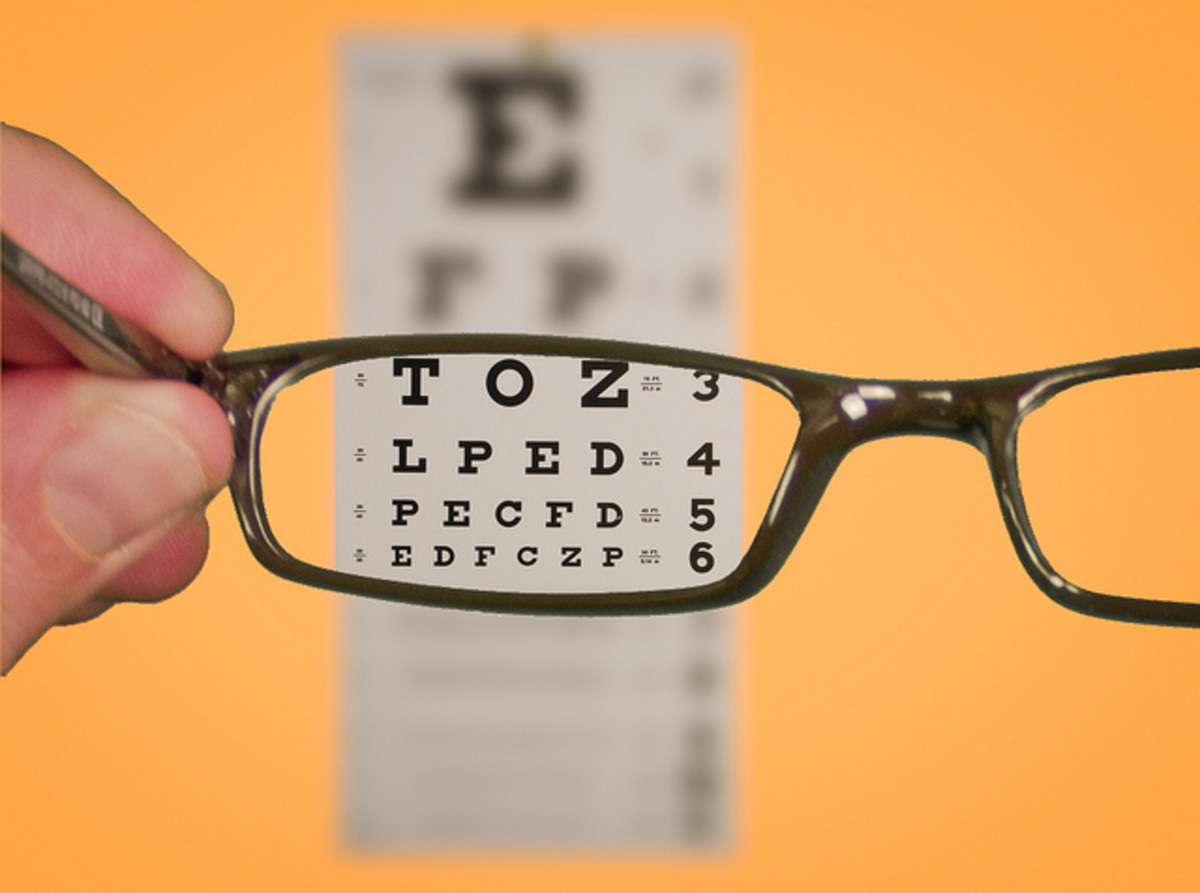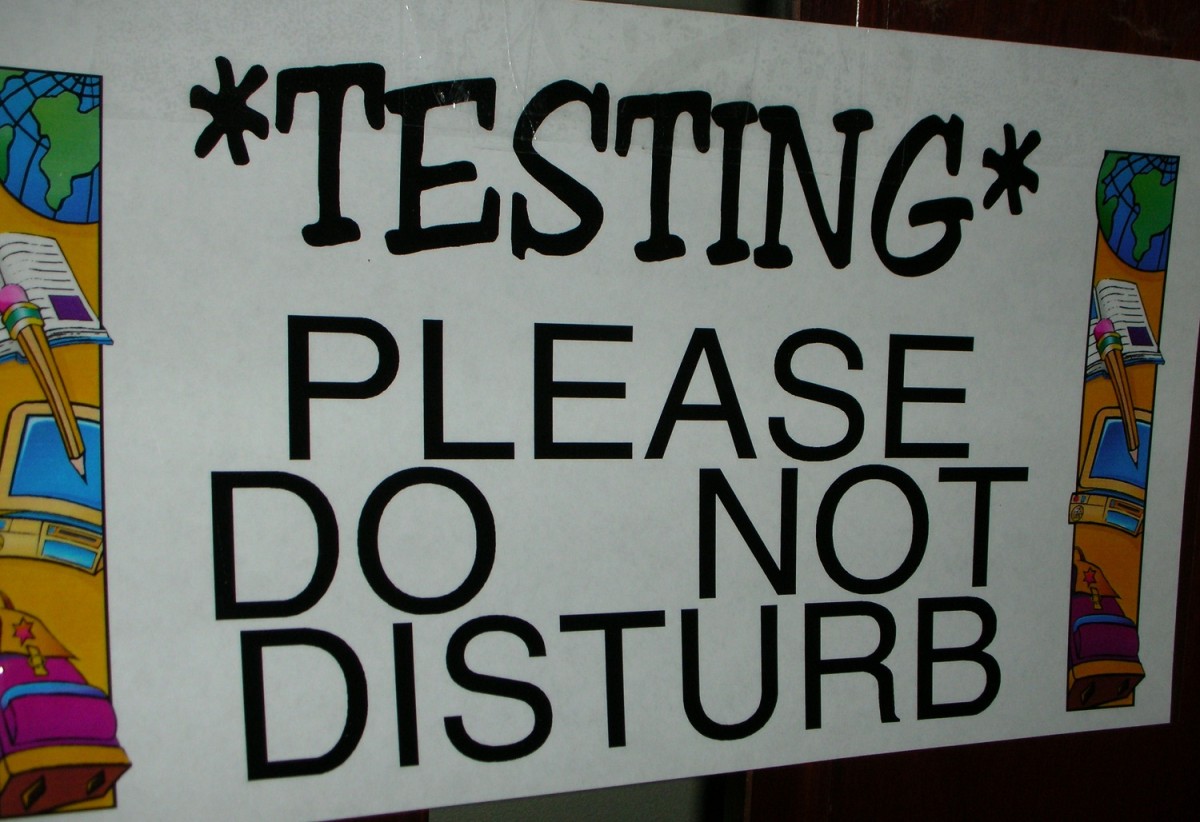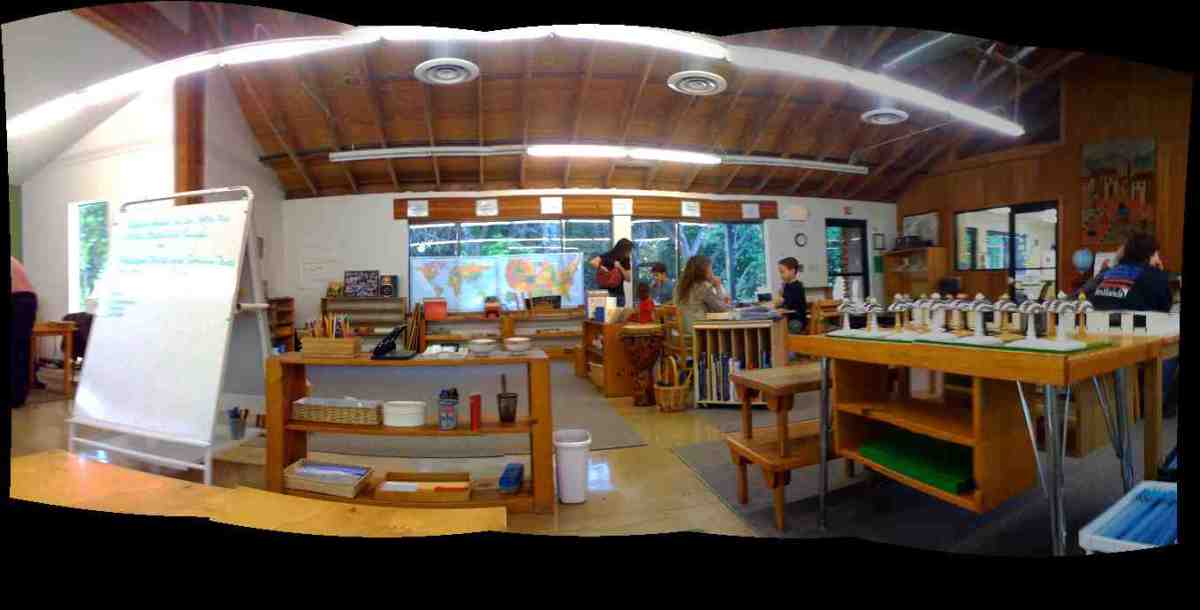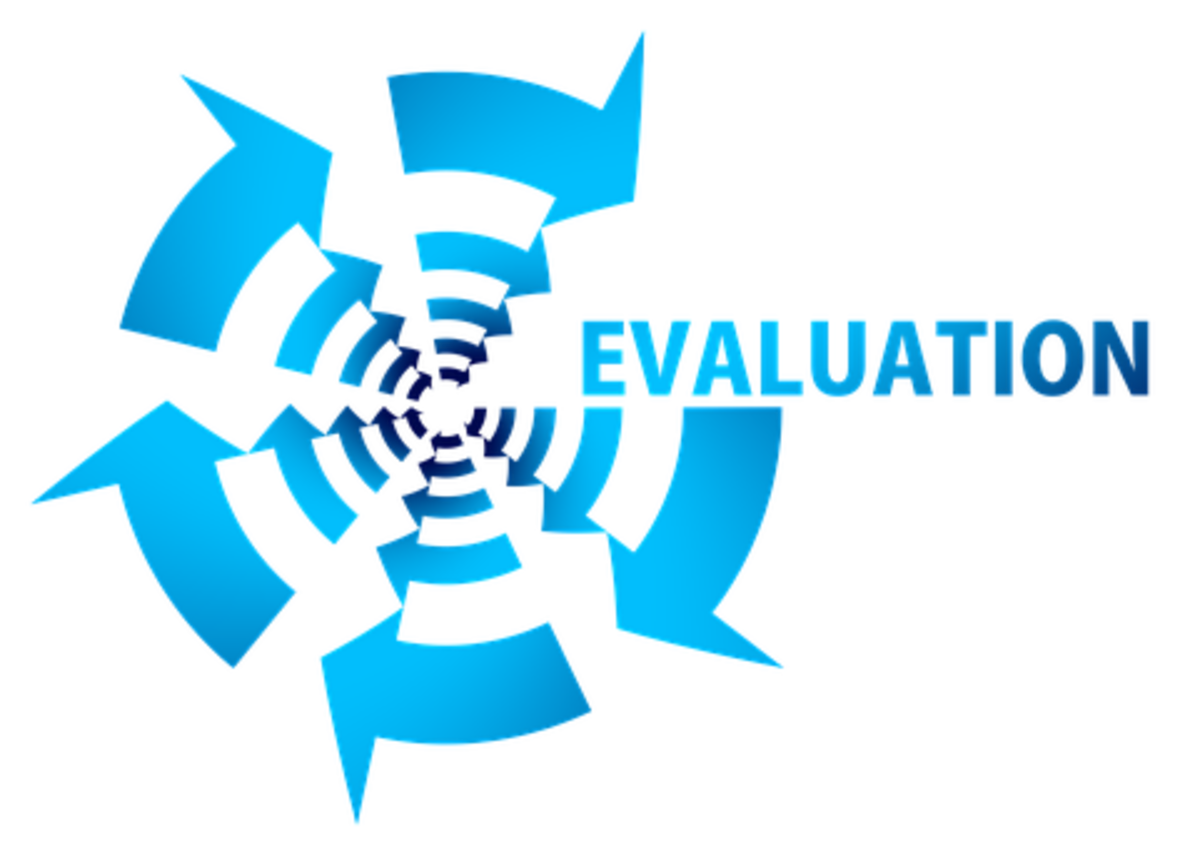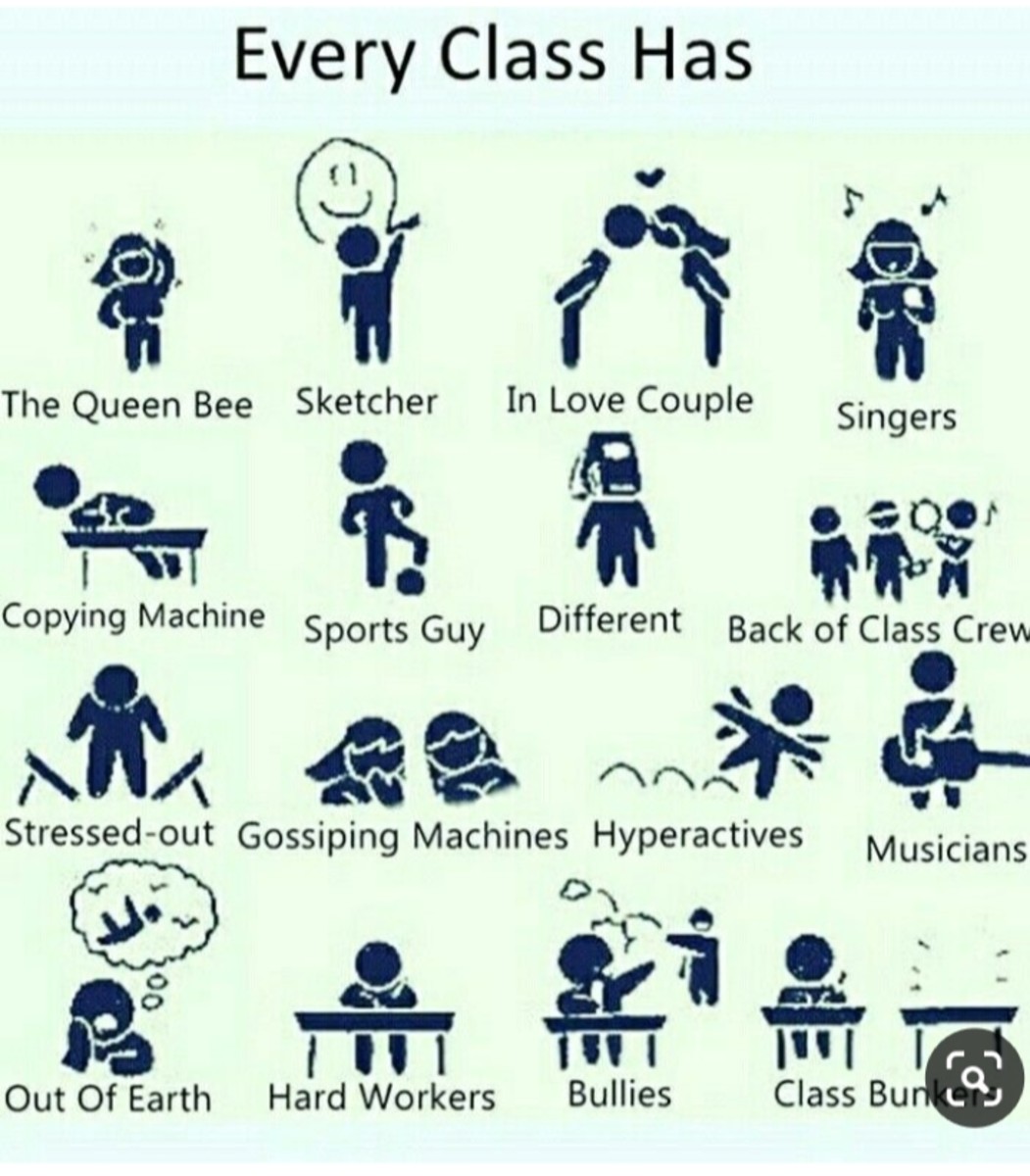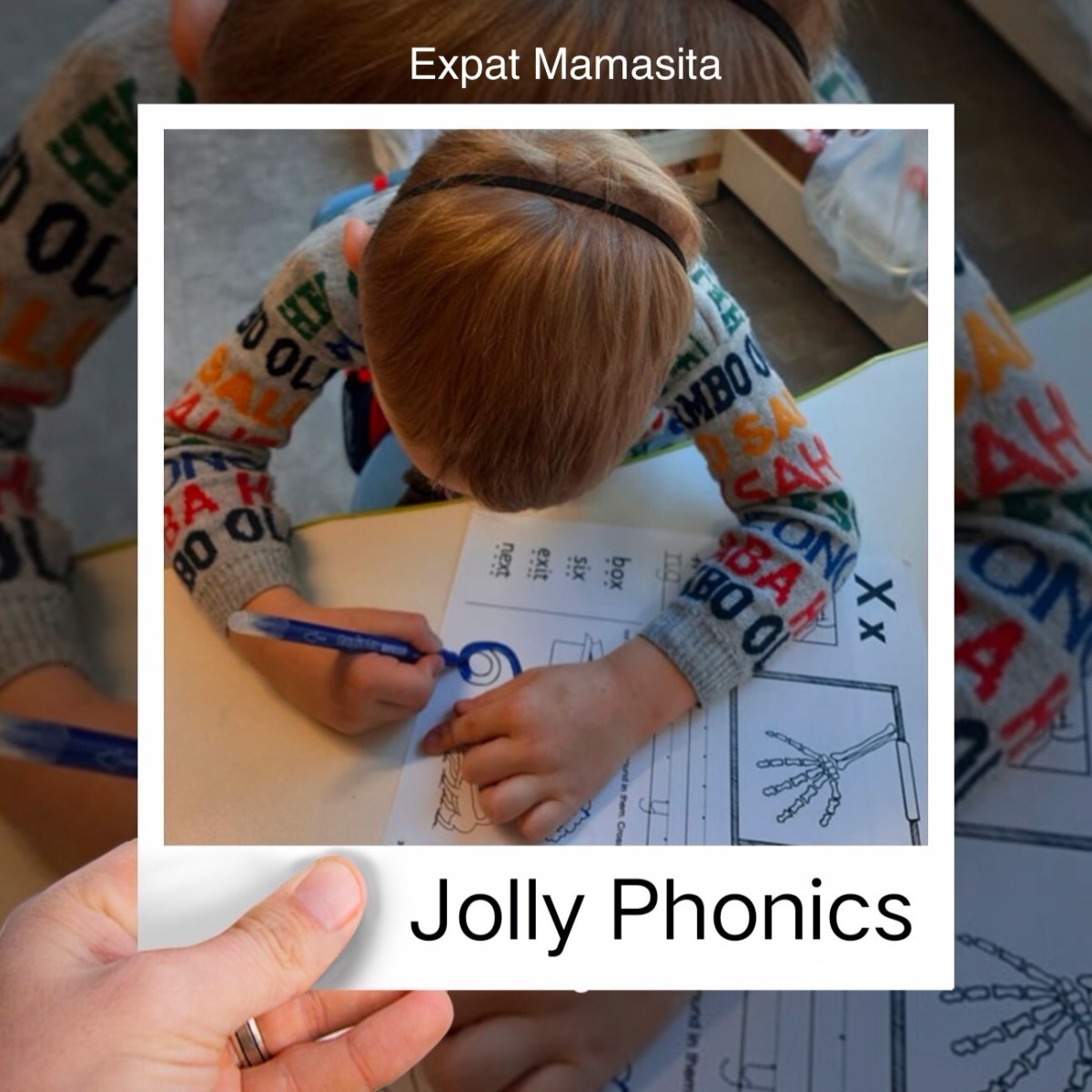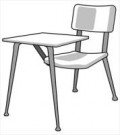Student Surveys Set the Stage for Learning Success
It is motivating to want to share your own ideas and opinions, and people are more likely to express themselves when they feel their contributions are valued. This is one reason why student inventories help to set the stage for learning. Students are able to explore and celebrate their individuality. This helps to motivate learning by making the experience meaningful. In order to get things moving in the right direction educators can use surveys and inventories early in the school year to acquire valuable information. These tools are important for discovering the interests and opinions of students in the classroom. With this information educators are better able to program lessons to reflect the individual needs and interests of learners.
The Value of Student Inventories
It is important for children to have opportunity to reflect on their personal interests and opinions about topics and experiences. When students learn about themselves they become more aware of their own needs. This self-reflection assists them in making informed decisions about their learning and supports the development of independence. Attitudes and interest surveys also provide valuable information for educators about the knowledge and opinions of students on various topics. Teachers can search for self-assessment inventories already developed or they can create their own that are tailored to address specific areas of inquiry. It is beneficial to have students keep a Learning Portfolio to store inventories and journals collected at different times throughout the year. A student portfolio should be a reflection of the whole student and include information to show social, emotional, behavioral, and cognitive development.
Student Portfolios
Gather information with...
| To show student's...
|
|---|---|
Attitude Inventories
| Self-concept and learning style
|
Interest Surveys
| Hobbies and skills
|
Goal Setting
| Initiative and motivation
|
Self-Reflection Journal Entries
| Questions and opinions
|
Student Work Samples
| Accomplishments and new learning
|
Self-Evaluations for Projects
| Analysis and goal setting
|
List of Inquiry Questions
| Interest and critical thinking
|
In is beneficial to begin the school year in September with a batch of interest and attitude surveys for students to complete. Students will enjoy the opportunity to share their opinions and feelings about world around them. The information gathered from student inventories is a great way to ignite classroom discussions and foster familiarity among students. A fun introduction activity might be to have students share a personal inventory checklist about themselves with one another. Students can then be asked to say a few positive words to the class about a peer using the survey as a reference.This takes the pressure off students who may be shy in group settings, but still allows class members to learn about one another in a positive light.
Self-Assessment for Independent Learning
The information revealed through inventories and surveys gives teachers insight into how to program for students’ individual learning needs. If many students in the classroom enjoy bmx biking then this becomes valuable information for whole group lesson planning. The next poetry lesson might include reference to bikes or the classroom library might be set up with books on the subject to motivate reading. Furthermore, the personal reflections that students are guided to make fosters independence. The portfolio information helps educators and students identify personal strengths and weaknesses, in order to make informed decisions that motivate learners and set the stage for success.
If you enjoyed this article you may also like these suggestions.
- Assessment for Learning to Helps Kids Succeed
Assessment is an important tool in the learning process,that provides useful information to be used for programming and instruction. See how assessment information is also essential for helping children succeed in learning. - Independent Reading Instruction in the Classroom
Independent Reading is an important part of a balanced literacy program. Learn how it helps children to consolidate reading strategies and develop their confidence as readers.


